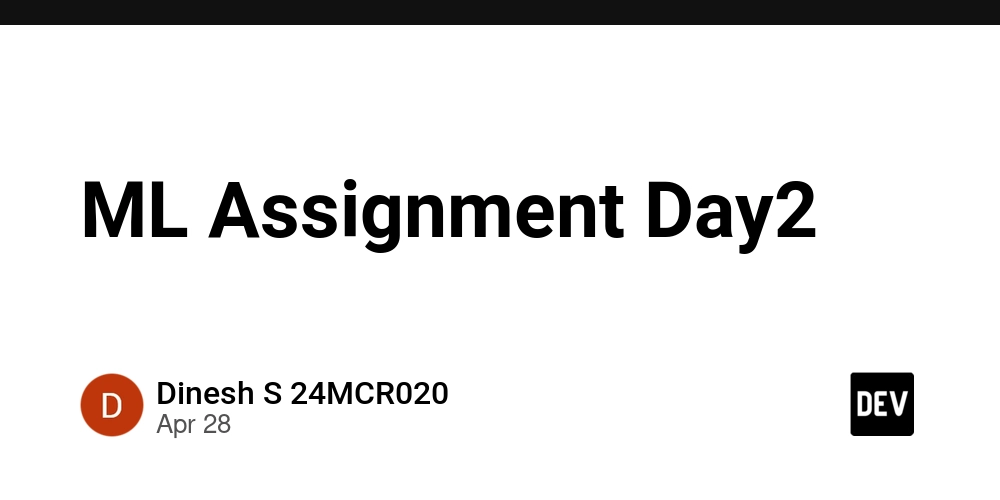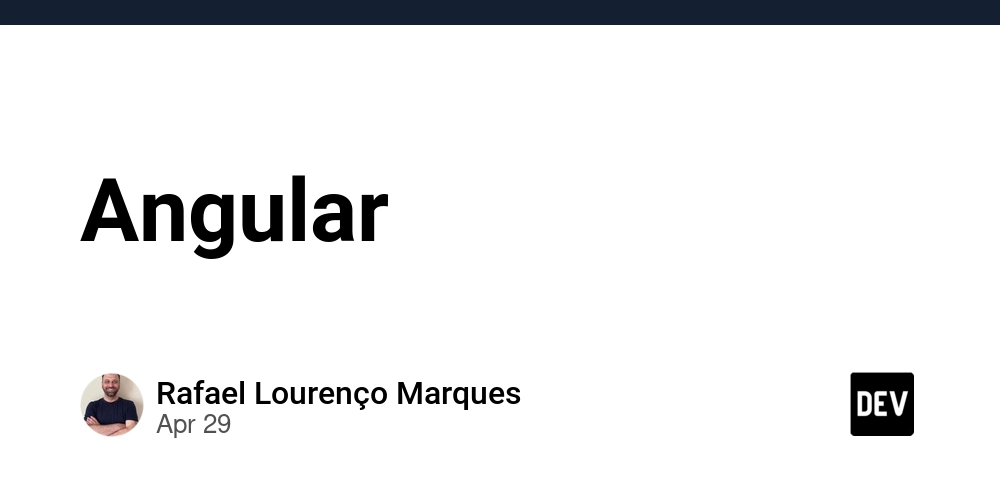Account Abstraction Progress, Ethereum’s L2 Roadmap Insight, RISC-V Execution Layer Proposal, Pectra Blob-Scaling
We are welcoming you to our weekly digest! Here, we discuss the latest trends and advancements in account abstraction, chain abstraction and everything related, as well as bring some insights from Etherspot’s kitchen. The latest news we’ll cover: Vitalik Highlights Ethereum Account Abstraction Progress Ethereum’s L2 Roadmap Enables Multiple High-Throughput Chains Ethereum Proposal to Replace EVM with RISC-V Execution Layer Etherspot’s Pectra Series | Part 2: Blob Scaling Please fasten your belts! Vitalik Highlights Ethereum Account Abstraction Progress Vitalik Buterin reports that Ethereum’s account abstraction is “halfway complete” based on his comments on X, marking a key milestone in the protocol’s evolution. Vitalik emphasized that upgrading non-ECDSA smart contract accounts to first-class status will bolster security through features such as quantum resistance and advanced privacy protocols. Ethereum developers are prioritizing the integration of EIP-7702 and simplification of the ERC-7701 standard to streamline abstraction workflows and enable advanced functionality like native multi-signature support. Recent update: During the latest ACD call, Ethereum core developers decided to pull the plug on the Ethereum Object Format (EOF) for the upcoming Fusaka upgrade. The decision to exclude it came down to several factors: most critically, the need to prioritize shipping PeerDAS, a key scalability upgrade, without delay. Including EOF risked complicating Fusaka’s timeline, especially as discussions around different EOF variants remained unresolved. Additionally, technical uncertainty about the latest version (Option D) raised concerns mid-call, with some developers realizing they didn’t fully understand its implications. Finally, the process around EOF’s inclusion had become increasingly fragmented, with repeated objections and unresolved feedback indicating a lack of consensus. While EOF’s removal doesn’t block short-term progress on proposals like EIP-7702, it does delay the structural improvements needed to make non-ECDSA smart accounts true first-class citizens — a direction Vitalik Buterin highlighted in his recent comment. Ethereum’s L2 Roadmap Enables Multiple High-Throughput Chains Avail co-founder Anurag Arjun has stated that Ethereum’s layer-2 roadmap effectively gives the protocol an unlimited number of high-throughput execution layers, each optimized for different block times and transaction speeds. Arjun emphasized that Ethereum’s rollup-centric architecture “allows multiple teams to experiment with different execution environments and different block times,” fostering innovation across diverse rollup solutions. The Avail executive warned, however, that without true interoperability, switching between layer-2 networks will remain as complex as bridging assets across distinct blockchain ecosystems. Critics argue that proliferating L2s silo liquidity and undermine the base layer, with many blaming these fragmented scaling solutions for Ether’s underwhelming price performance over the past year. Ethereum layer-1 transaction fees dropped to five-year lows in April 2025, averaging around $0.16, as users shifted activity onto sidechains and rollups. Santiment marketing director Brian Quinlivan wrote, “This large reduction in fees coincides with fewer people sending ETH and interacting with smart contracts,” signaling waning demand for base-layer operations. Ethereum Proposal to Replace EVM with RISC-V Execution Layer Vitalik Buterin has proposed replacing the Ethereum Virtual Machine (EVM) with a RISC-V-based instruction set as the long-term layer-1 execution environment to eliminate interpretation overhead and enable more efficient, proof-friendly execution. The core idea is to compile smart contracts directly to a RISC-V-like architecture, allowing contracts to run as native executables rather than interpreted bytecode, which should reduce prover time and improve throughput. To support EVM-style semantics, the proposal retains familiar precompiles for heavy-compute operations (e.g., hashing and signature verification), while pushing most gas-metering and runtime checks into the underlying execution layer. Implementing this vision requires a minimal memory-management unit (MMU) at the ISA level to safely isolate contract memory and enforce Ethereum’s runtime restrictions, effectively turning the RISC-V substrate into a “provable kernel” for blockchain execution. Several caveats were raised: existing RISC-V VMs are complex and not production-ready, compiler toolchains like LLVM introduce maintenance burdens, and a custom, proof-optimized ISA may ultimately outperform vanilla RISC-V for zk-friendly workloads. While critics argue that a tailored ISA — perhaps resembling EOF-EVM or TinyRAM — could offer better formal-verification properties, the consensus is that moving away from stack-based interpretation towards native execution is essential for
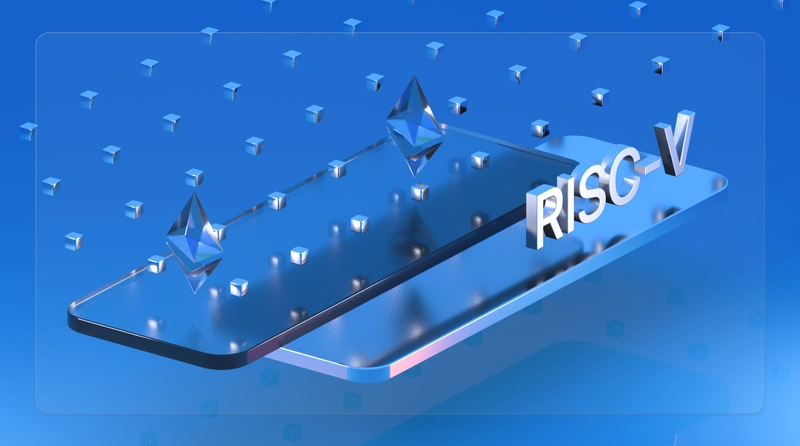
We are welcoming you to our weekly digest! Here, we discuss the latest trends and advancements in account abstraction, chain abstraction and everything related, as well as bring some insights from Etherspot’s kitchen.
The latest news we’ll cover:
- Vitalik Highlights Ethereum Account Abstraction Progress
- Ethereum’s L2 Roadmap Enables Multiple High-Throughput Chains
- Ethereum Proposal to Replace EVM with RISC-V Execution Layer
- Etherspot’s Pectra Series | Part 2: Blob Scaling
Please fasten your belts!
Vitalik Highlights Ethereum Account Abstraction Progress
Vitalik Buterin reports that Ethereum’s account abstraction is “halfway complete” based on his comments on X, marking a key milestone in the protocol’s evolution.
Vitalik emphasized that upgrading non-ECDSA smart contract accounts to first-class status will bolster security through features such as quantum resistance and advanced privacy protocols.
Ethereum developers are prioritizing the integration of EIP-7702 and simplification of the ERC-7701 standard to streamline abstraction workflows and enable advanced functionality like native multi-signature support.
Recent update: During the latest ACD call, Ethereum core developers decided to pull the plug on the Ethereum Object Format (EOF) for the upcoming Fusaka upgrade. The decision to exclude it came down to several factors: most critically, the need to prioritize shipping PeerDAS, a key scalability upgrade, without delay. Including EOF risked complicating Fusaka’s timeline, especially as discussions around different EOF variants remained unresolved. Additionally, technical uncertainty about the latest version (Option D) raised concerns mid-call, with some developers realizing they didn’t fully understand its implications. Finally, the process around EOF’s inclusion had become increasingly fragmented, with repeated objections and unresolved feedback indicating a lack of consensus.
While EOF’s removal doesn’t block short-term progress on proposals like EIP-7702, it does delay the structural improvements needed to make non-ECDSA smart accounts true first-class citizens — a direction Vitalik Buterin highlighted in his recent comment.
Ethereum’s L2 Roadmap Enables Multiple High-Throughput Chains
Avail co-founder Anurag Arjun has stated that Ethereum’s layer-2 roadmap effectively gives the protocol an unlimited number of high-throughput execution layers, each optimized for different block times and transaction speeds.
Arjun emphasized that Ethereum’s rollup-centric architecture “allows multiple teams to experiment with different execution environments and different block times,” fostering innovation across diverse rollup solutions.
The Avail executive warned, however, that without true interoperability, switching between layer-2 networks will remain as complex as bridging assets across distinct blockchain ecosystems.
Critics argue that proliferating L2s silo liquidity and undermine the base layer, with many blaming these fragmented scaling solutions for Ether’s underwhelming price performance over the past year.
Ethereum layer-1 transaction fees dropped to five-year lows in April 2025, averaging around $0.16, as users shifted activity onto sidechains and rollups.
Santiment marketing director Brian Quinlivan wrote, “This large reduction in fees coincides with fewer people sending ETH and interacting with smart contracts,” signaling waning demand for base-layer operations.
Ethereum Proposal to Replace EVM with RISC-V Execution Layer
Vitalik Buterin has proposed replacing the Ethereum Virtual Machine (EVM) with a RISC-V-based instruction set as the long-term layer-1 execution environment to eliminate interpretation overhead and enable more efficient, proof-friendly execution.
The core idea is to compile smart contracts directly to a RISC-V-like architecture, allowing contracts to run as native executables rather than interpreted bytecode, which should reduce prover time and improve throughput.
To support EVM-style semantics, the proposal retains familiar precompiles for heavy-compute operations (e.g., hashing and signature verification), while pushing most gas-metering and runtime checks into the underlying execution layer.
Implementing this vision requires a minimal memory-management unit (MMU) at the ISA level to safely isolate contract memory and enforce Ethereum’s runtime restrictions, effectively turning the RISC-V substrate into a “provable kernel” for blockchain execution.
Several caveats were raised: existing RISC-V VMs are complex and not production-ready, compiler toolchains like LLVM introduce maintenance burdens, and a custom, proof-optimized ISA may ultimately outperform vanilla RISC-V for zk-friendly workloads.
While critics argue that a tailored ISA — perhaps resembling EOF-EVM or TinyRAM — could offer better formal-verification properties, the consensus is that moving away from stack-based interpretation towards native execution is essential for Ethereum’s long-term scalability and security.
If adopted, this shift could redefine Ethereum’s core protocol, accelerating zk-EVM development and formal proofs but also introducing new challenges in tooling, interoperability, and network coherence.
Etherspot’s Pectra Series | Part 2: Blob Scaling
Etherspot has released the second tweet in its Pectra Upgrade Educational Series on X, detailing how EIP-7691 and EIP-7742 introduce blob-based scaling enhancements for Ethereum.
The series, which began with a first tweet on April 22, 2025 has now reached two posts, with the latest published on April 24, 2025.
In Part 2, Etherspot explains that EIP-7691 will enable on-chain data blobs, decoupling transaction payloads from consensus and significantly boosting data availability throughput for rollups.
The overview also highlights EIP-7742, which codifies a fee market for blob storage, establishing dynamic gas pricing to optimize network resource allocation and reduce settlement costs for layer-2 solutions.
Etherspot underscores that these proposals will empower developers to build higher-bandwidth rollups and enhance user experiences by lowering transaction latency and fees.
The tweet series offers a concise roadmap for integrating blob-centric features, positioning builders to leverage Ethereum’s next major performance leap. Follow Etherspot on X for updates, insights, and industry breakdowns.
Start exploring Account Abstraction with Etherspot!
- Learn more about account abstraction here.
- Head to our docs and read all about Etherspot Modular SDK.
- Skandha — developer-friendly Typescript ERC4337 Bundler.
- Arka — an open-source Paymaster Service for gasless & sponsored transactions.
- Explore our TransactionKit, a React library for fast & simple Web3 development.
- Follow us on X (Twitter) and join our Discord.
❓Is your dApp ready for Account Abstraction? Check it out here: https://eip1271.io/
Follow us
Etherspot Website | X | Discord | Telegram | Github | Developer Portal







































































































































































![[The AI Show Episode 145]: OpenAI Releases o3 and o4-mini, AI Is Causing “Quiet Layoffs,” Executive Order on Youth AI Education & GPT-4o’s Controversial Update](https://www.marketingaiinstitute.com/hubfs/ep%20145%20cover.png)











































































































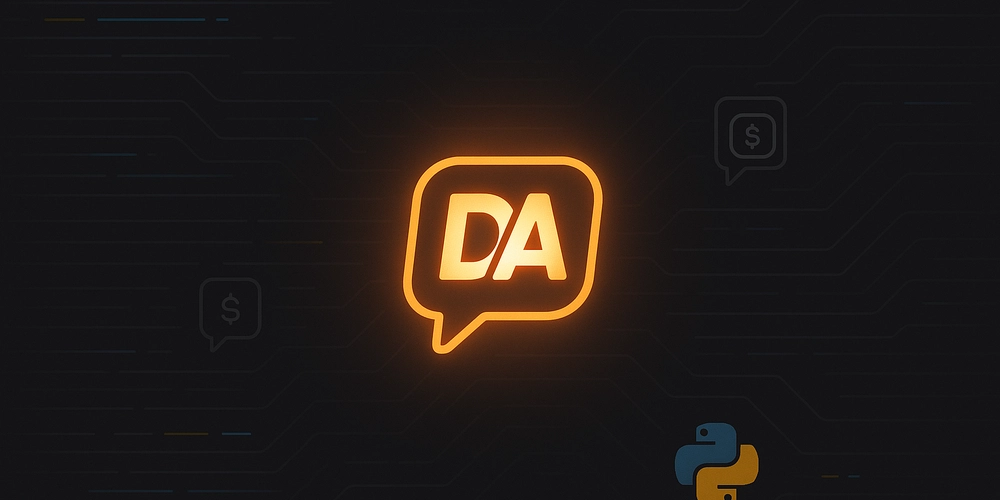
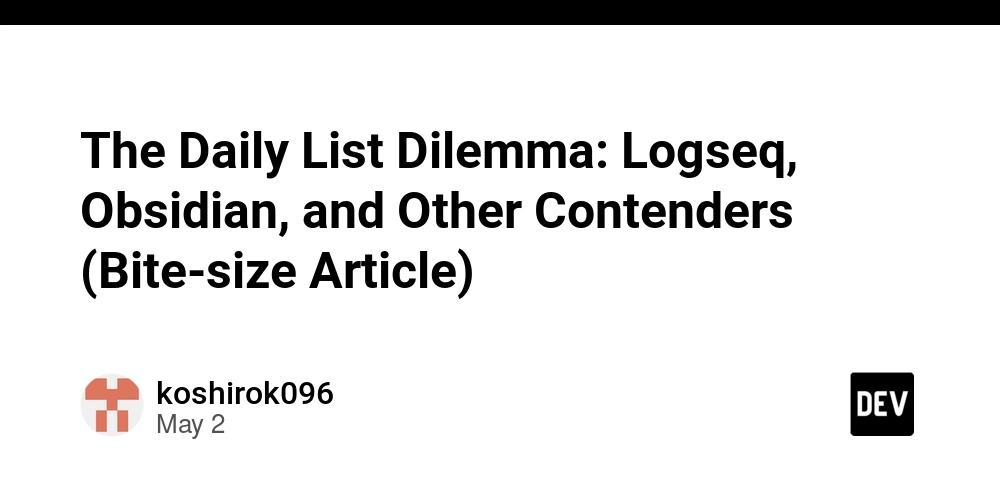
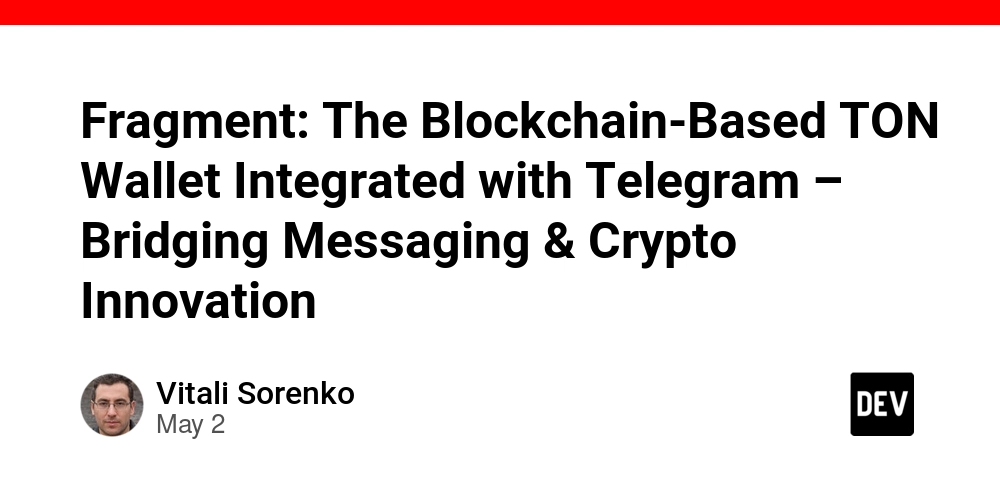
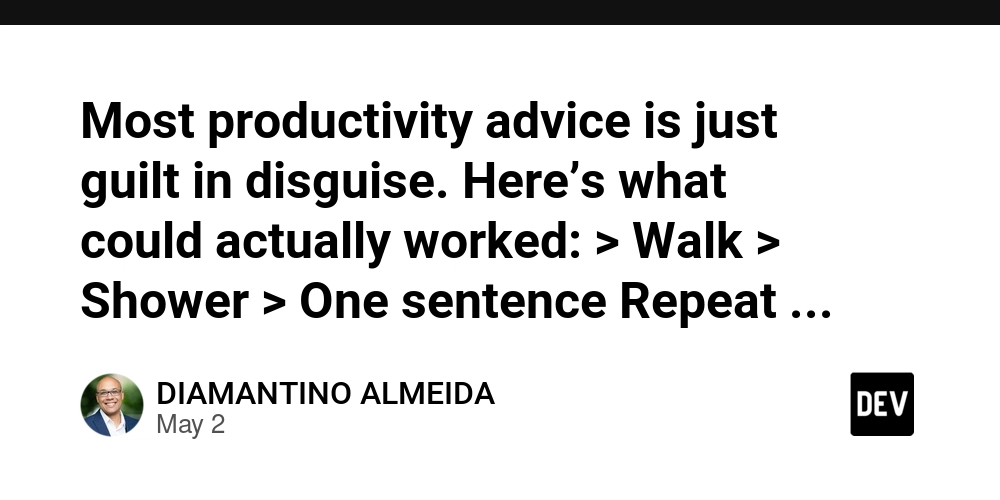


















![From Art School Drop-out to Microsoft Engineer with Shashi Lo [Podcast #170]](https://cdn.hashnode.com/res/hashnode/image/upload/v1746203291209/439bf16b-c820-4fe8-b69e-94d80533b2df.png?#)













































(1).jpg?#)


























































































_Inge_Johnsson-Alamy.jpg?width=1280&auto=webp&quality=80&disable=upscale#)












































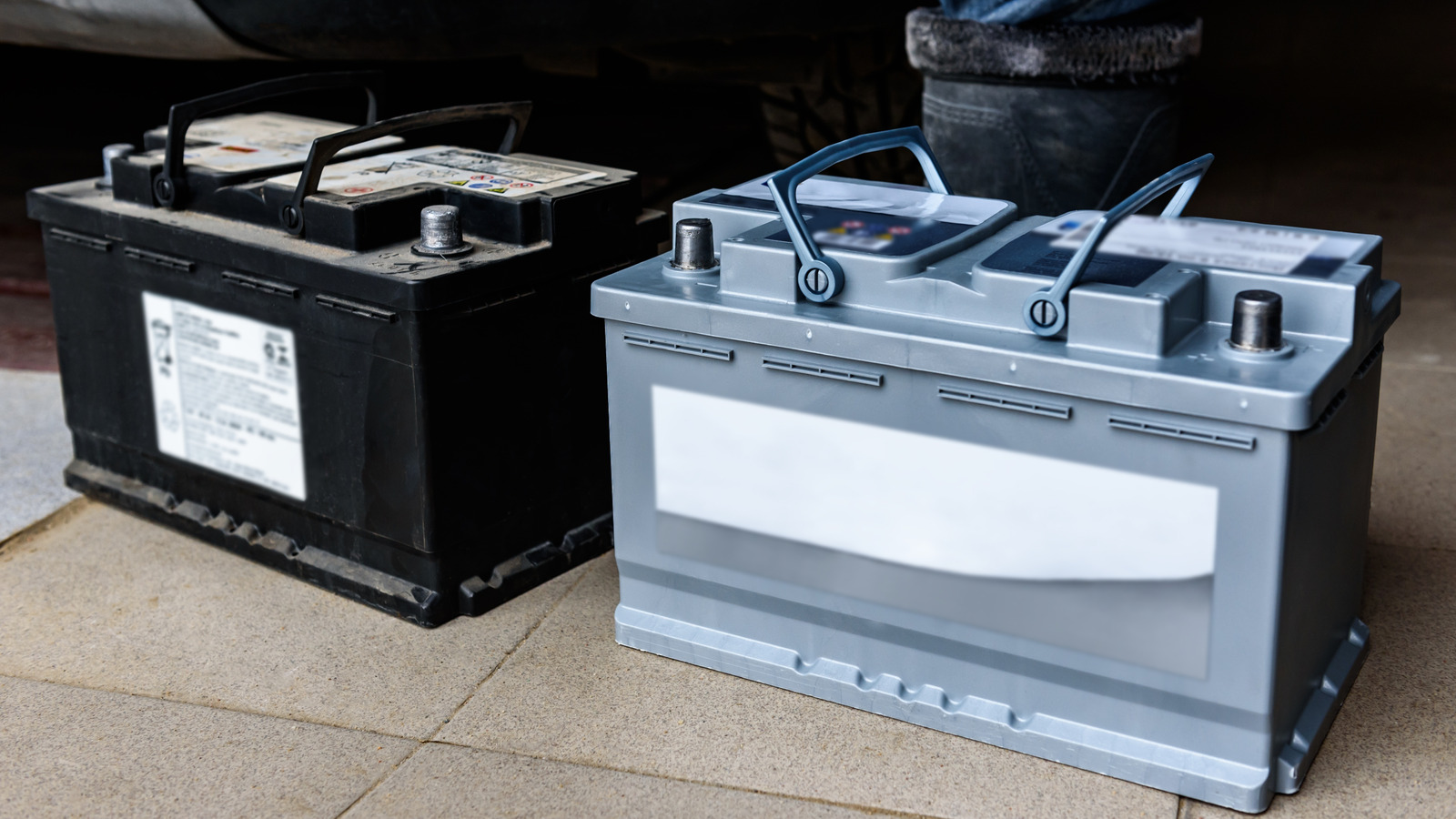





































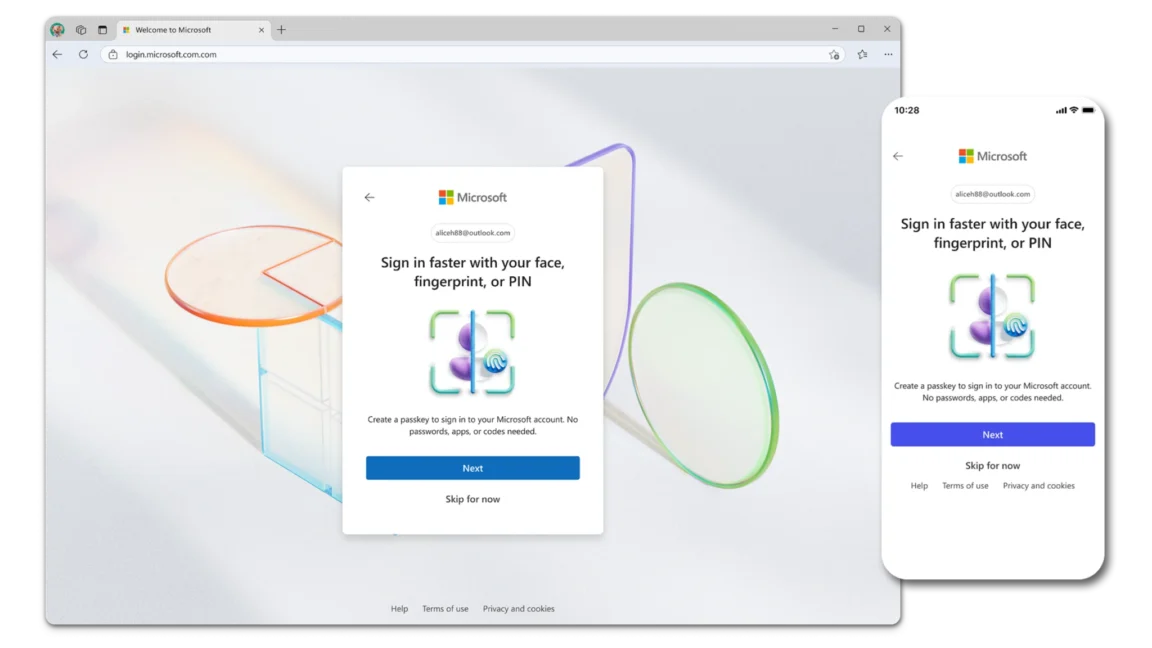






























![Apple Developing AI 'Vibe-Coding' Assistant for Xcode With Anthropic [Report]](https://www.iclarified.com/images/news/97200/97200/97200-640.jpg)
![Apple's New Ads Spotlight Apple Watch for Kids [Video]](https://www.iclarified.com/images/news/97197/97197/97197-640.jpg)






































































![[Weekly funding roundup April 26-May 2] VC inflow continues to remain downcast](https://images.yourstory.com/cs/2/220356402d6d11e9aa979329348d4c3e/WeeklyFundingRoundupNewLogo1-1739546168054.jpg)
























